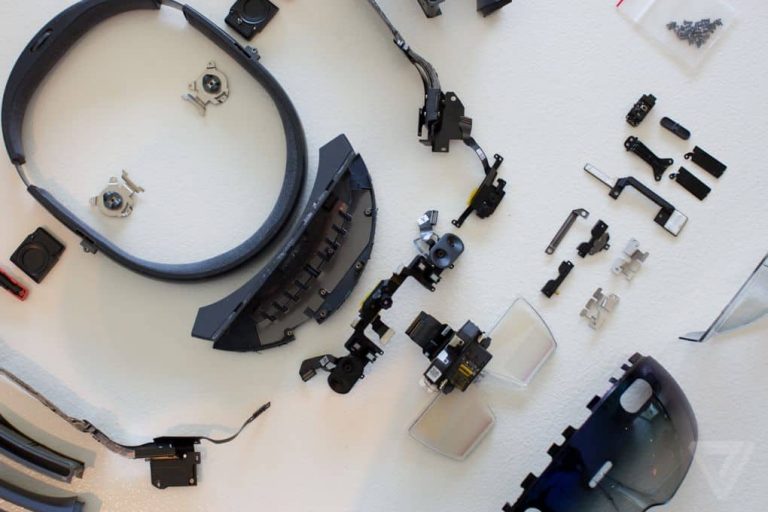It seems that it could soon be the end of the line for Microsoft’s first generation HoloLens, as Intel is reportedly ending production of its Intel Atom semi-custom SoC before the end of the year. The news comes from the folks over at AnandTech, who explained yesterday that the chip maker will take its last orders for the chip in September and shipping final units a month later.
According to the report, Microsoft was likely one of the last company to use the chip and may have negotiated its EOL with Intel. With this crucial component now on the way out, a new HoloLens model will likely be released in the coming quarters. The report noted:
Intel asks its customers to place their final orders on the Atom x5-Z8100P SoC (belonging to the Cherry Trail family) by September 30 and says that the final shipments will be made on October 30. Given the fact that Intel seems to have only one customer using the microprocessor, the short amount of time between the announcement of the product discontinuance and the actual EOL was probably negotiated before. Moreover, since we are talking about a semi-custom chip, Microsoft was probably the initiator of the EOL, which indicates that the company is on track with its next-gen HoloLens.
As Microsoft’s Alex Kipman previously explained, the company was in no rush to release a cheaper HoloLens kit for mass market., The Redmond giant did announce last month that HoloLens v2 would feature a custom-designed AI coprocessor for implementing Deep Neural Networks.
However, Microsoft declined to say at the time when the next generation HoloLens headset would be ready, and earlier reports suggested that we could have to wait until 2019 to see it.
As of today, the $3,000 HoloLens Development Edition is available in nine markets, and the official website still says that Microsoft is working to “expand our international reach.” The company never shared sales numbers, so it’s hard to know if Microsoft planned enough supply to meet developer demand in the coming quarters. Anyway, the fact that Microsoft is already communicating about future HoloLens components suggests that the next generation could arrive earlier than expected.


